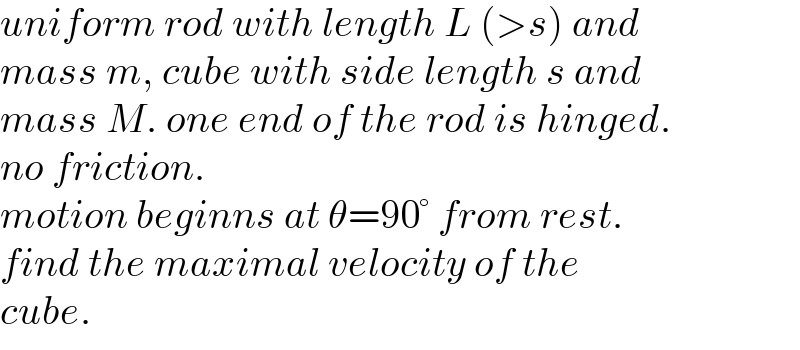
Question and Answers Forum
Question Number 138336 by mr W last updated on 12/Apr/21

Commented by mr W last updated on 12/Apr/21

Answered by mr W last updated on 14/Apr/21

Commented by mr W last updated on 15/Apr/21

Commented by ajfour last updated on 15/Apr/21

Commented by ajfour last updated on 15/Apr/21

Commented by mr W last updated on 15/Apr/21

